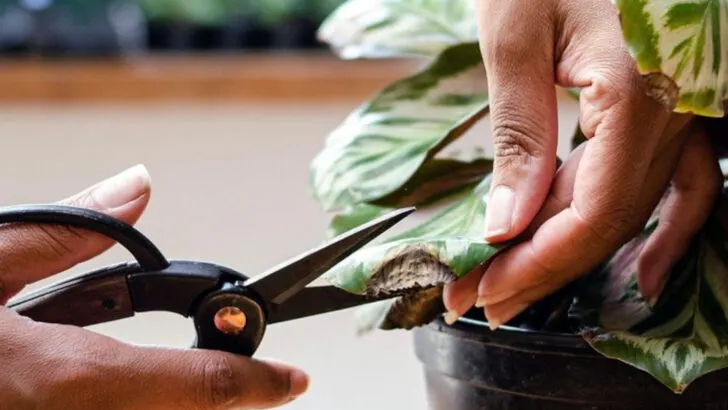We’ve all been there—you spot a drooping leaf, a sad yellow stem, or worse, crispy edges, and panic sets in. But before you say your goodbyes, take a breath. At Plantisima, we’re here to tell you: it’s not over yet. Many plants that look beyond saving can make a full recovery with the right care.
In this article, we’ll walk you through 20 proven ways to revive a struggling plant, from diagnosing the real issue to adjusting water, light, soil, and more. Whether it’s root rot, pest invasion, or simple neglect, there’s almost always something you can do. The trick is to act fast—and smart.
To our loyal Plantisima readers who care deeply about their leafy companions: don’t lose hope. Even the best plant parents face setbacks. This guide is your lifeline to bringing back the green—and the joy. Your plant wants to live—you just need to show it how.
Check Soil Moisture
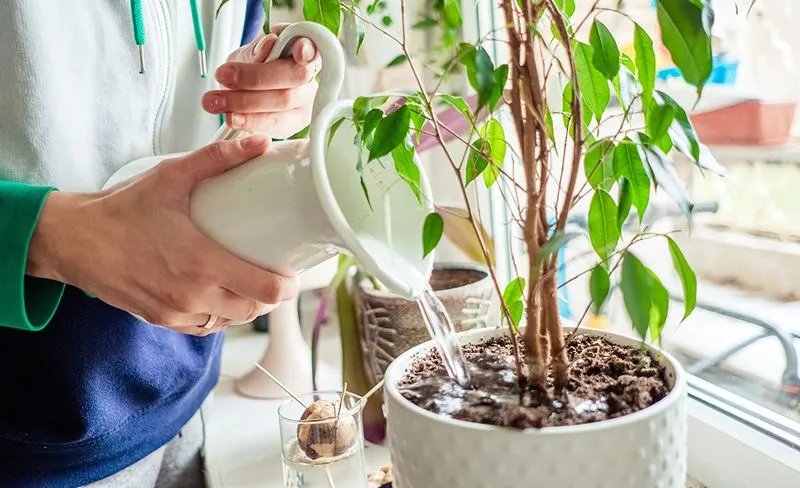
Ever wondered if your plant is drowning or parched? A simple soil check can give you clues. Stick your finger about an inch deep into the soil. If it feels dry, it might be time for hydration. Conversely, if it’s soggy, hold off on watering. This tactile method helps tailor your watering schedule. Keep in mind that different plants have unique needs. A succulent and a fern are worlds apart in their thirst. Adjusting based on touch ensures that you’re responding to what your plant truly needs, helping prevent over or under-watering.
Improve Drainage
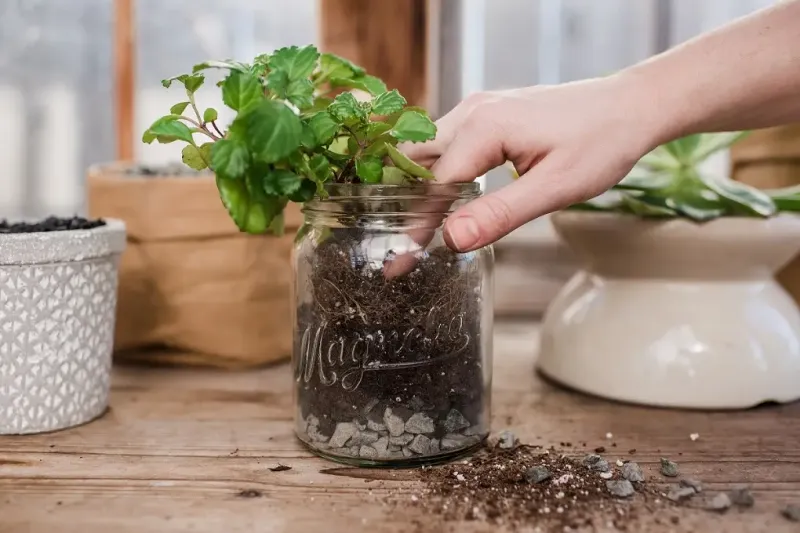
Roots need breathing room, too! If your plant is drooping despite regular watering, poor drainage might be to blame. Examine the pot to see if water can escape. Consider adding pebbles to the bottom or switching to a pot with more drainage holes. These adjustments allow excess water to exit, preventing roots from soaking too long. Plants like succulents especially appreciate a well-drained environment. By ensuring efficient water flow, you give your plant a fighting chance to thrive.
Adjust Watering Routine
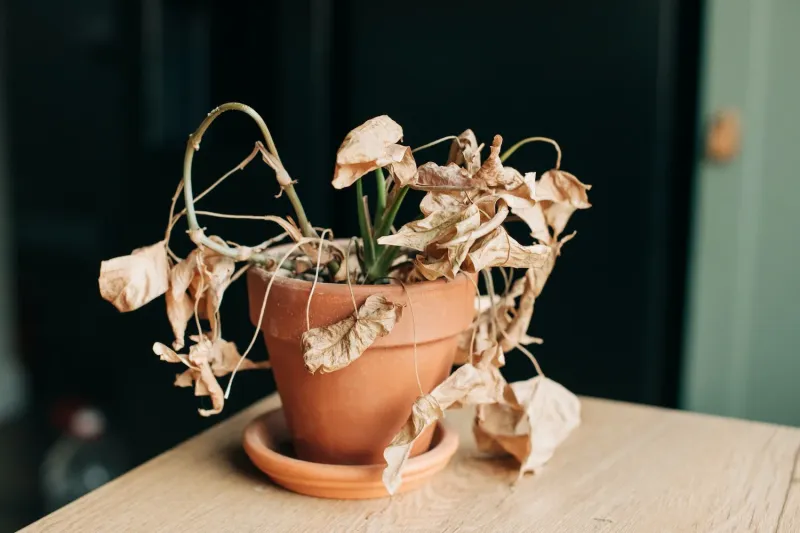
Routine isn’t always the plant’s best friend. Over-watering is a common misstep that can lead to root rot. Observe your plant’s behavior and adjust your schedule accordingly. Some species prefer to dry out between watering, while others like consistent moisture. Seasonal changes also play a role; in winter, plants typically need less. By tuning into your plant’s signals rather than following a strict schedule, you can avoid the pitfalls of overzealous watering habits.
Increase Humidity
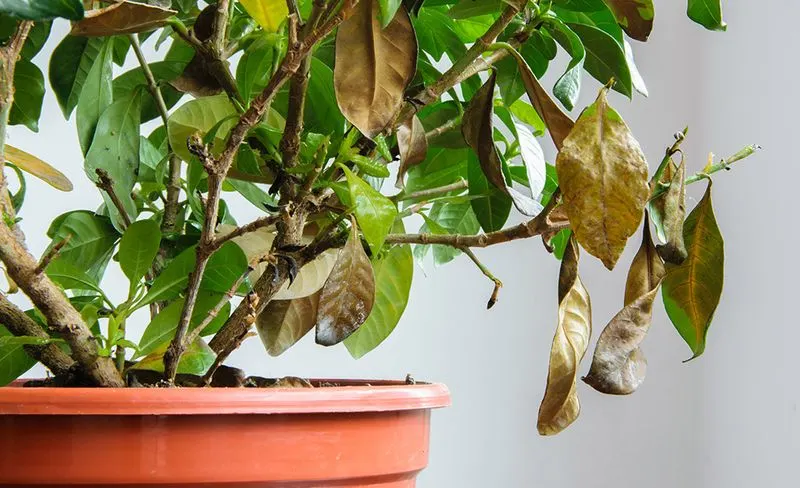
Tropical plants often miss their humid jungle homes. If leaves are turning brown at the tips, they might be craving moisture in the air. Use a humidifier or place a tray of water nearby. Grouping plants can also create a microenvironment of higher humidity. Especially during dry winter months, boosting air moisture can rejuvenate your leafy friends. This simple tweak makes tropical plants like ferns and palms feel more at home, promoting lush growth and vibrant leaves.
Relocate for Sunlight
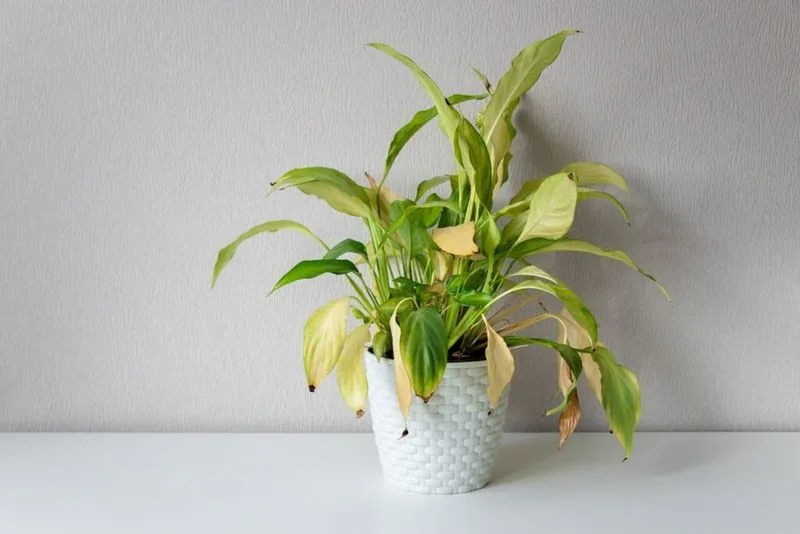
Light can be a plant’s best friend or worst enemy. If your plant is wilting or losing color, it might need more or less sun. Pay attention to the plant’s natural habitat—some thrive in direct sun, others prefer shade. Moving your plant to a new location can dramatically improve its health. South-facing windows offer more sunlight, while north-facing spots provide gentle, indirect light. Finding the perfect balance can revive a struggling plant, making it vibrant once more.
Trim Dead Leaves
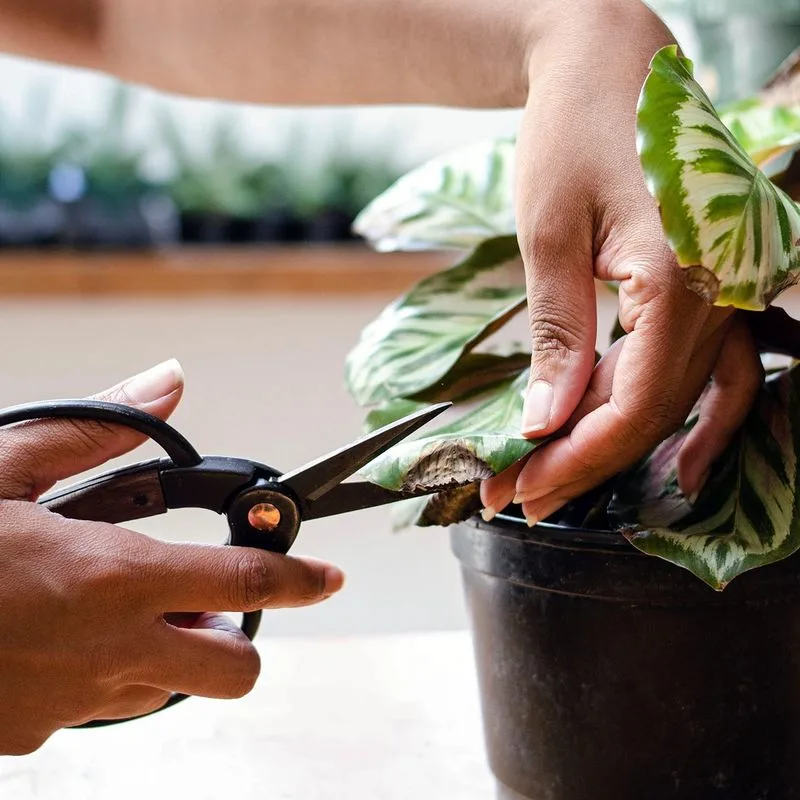
Pruning isn’t just for roses! Trimming away dead or yellowing leaves can give your plant a new lease on life. Dead foliage can sap energy from the rest of the plant, so removing it allows resources to channel into healthy growth. Use clean scissors to make precise cuts, avoiding any damage to the tender parts. Regular trims keep the plant looking tidy and encourage new growth. Think of it as a haircut that boosts vitality and enhances appearance.
Re-pot with Fresh Soil
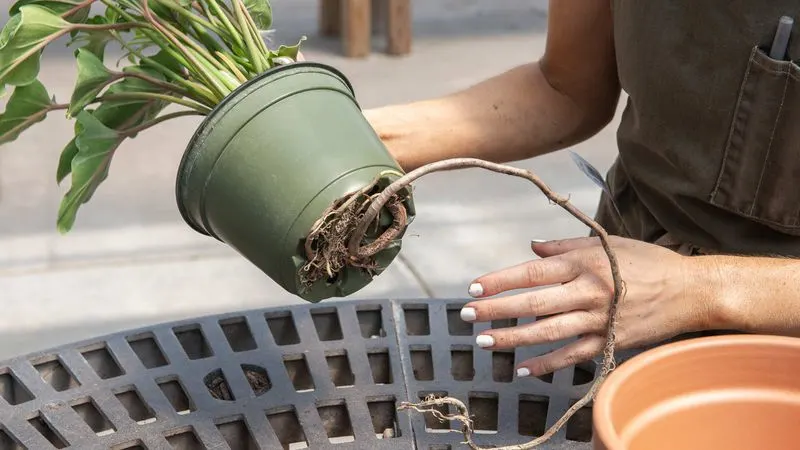
Time for a fresh start? Repotting can be a game changer for a struggling plant. Old soil can become compacted and nutrient-deficient. Gently transfer your plant to a larger pot with fresh soil, which can enhance drainage and provide new nutrients. Be mindful of the plant’s roots; they should have room to spread. This new environment can invigorate your plant, helping it to absorb water and nutrients more effectively. It’s like moving into a new home with more space to grow.
Fertilize Wisely

Plants need food, too! Fertilizing can replenish nutrients that water alone can’t provide. However, over-fertilizing can be harmful. Choose a fertilizer suitable for your plant species and follow instructions carefully. Organic options are often a safer bet and can promote healthier growth. Fertilizing during the growing season can give your plant the boost it needs. Remember, less is often more when it comes to feeding your leafy friends; moderation is key to success.
Check for Pests
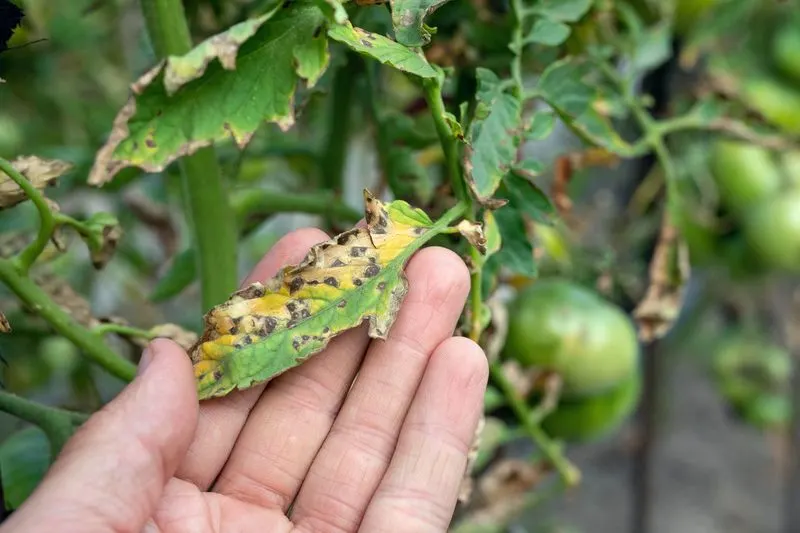
Pests are the uninvited guests of the plant world. They can sap nutrients and spread disease. Examine leaves regularly for tiny bugs or webs. Aphids, spider mites, and mealybugs are common culprits. If discovered, act quickly. A gentle wash with soapy water or an application of neem oil can deter these tiny invaders. Keeping plants clean and isolated from infected ones can prevent outbreaks. Vigilance is crucial for maintaining plant health and ensuring pests don’t get the upper hand.
Provide Consistent Temperature
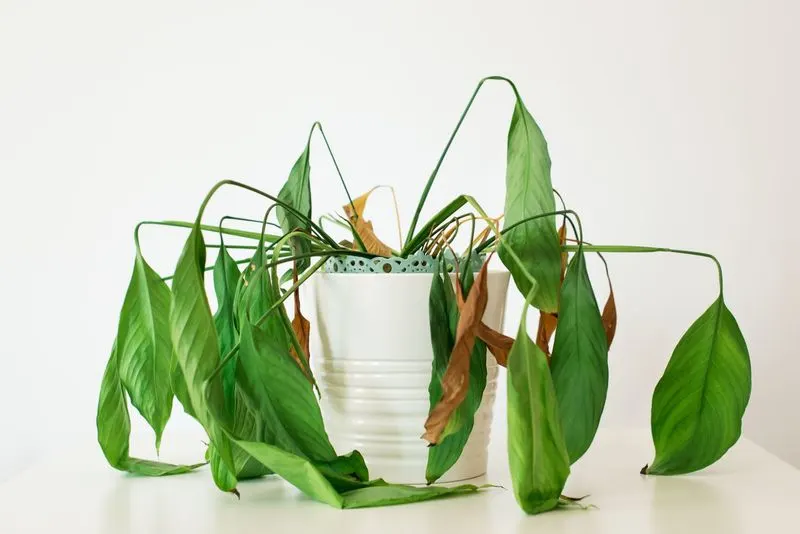
Plants, much like humans, appreciate a stable environment. Sudden temperature fluctuations can stress plants, leading to wilting or leaf drop. Keep plants away from drafts or heat sources like radiators. Most houseplants prefer a consistent temperature range. By ensuring a steady climate, you create conditions in which plants can flourish. Consistency in their environment helps maintain growth and vitality, making sure your green friends feel comfortable year-round.
Use Grow Lights
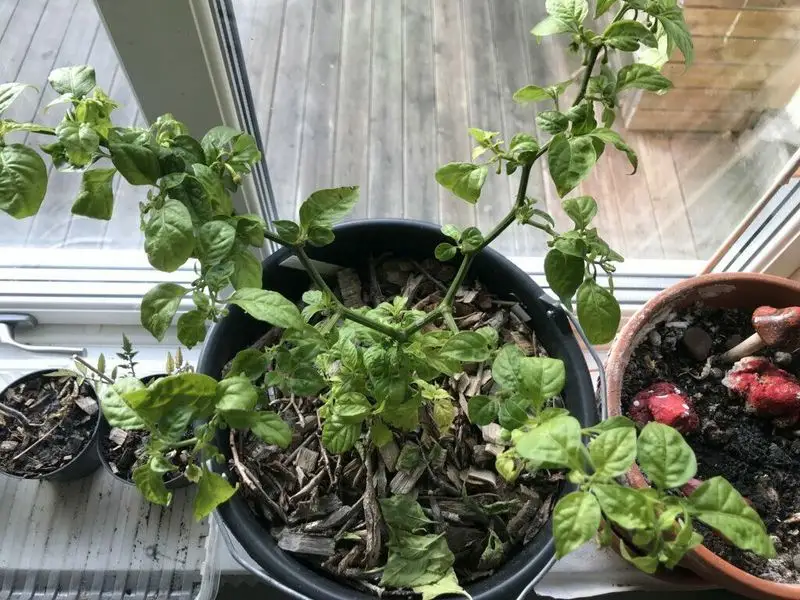
When natural light is scarce, especially in winter, grow lights can come to the rescue. These artificial lights provide the spectrum needed for photosynthesis. Set them on a timer to mimic natural daylight cycles. This is particularly useful for plants that need more light than your home might naturally provide. With the right setup, even the darkest corners of your space can become a haven for plant life. These lights can significantly enhance growth and vitality.
Inspect Roots
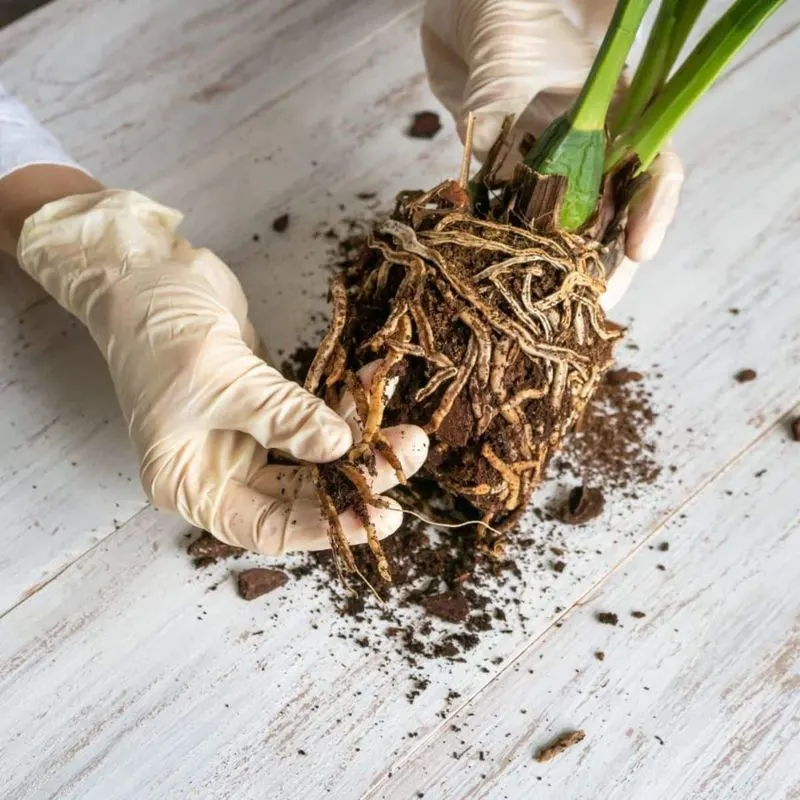
Roots are the foundation of plant health. If your plant is struggling, carefully remove it from its pot to inspect the roots. Healthy roots are firm and white, while mushy or brown roots indicate trouble. Trimming away dead roots and repotting can breathe new life into the plant. By paying attention to the roots, you address issues that might not be obvious from the foliage alone. This intervention can lead to a dramatic turnaround, supporting a robust recovery.
Experiment with Plant Food
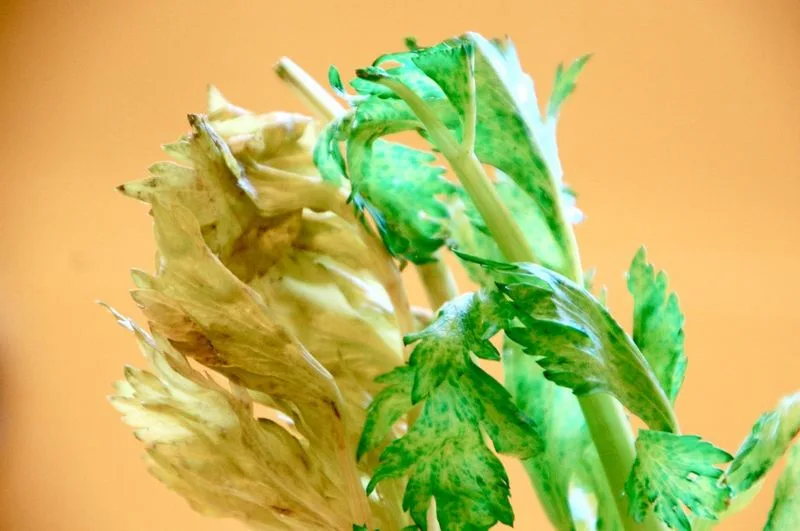
Beyond basic fertilizer, plant foods offer a tailored nutrition option. Different blends cater to specific plant needs, from blooming flowers to leafy greens. Experimenting with plant food can identify what your plant responds to best. Follow the guidelines for application frequency and amounts. This extra nutritional boost can be the difference between survival and thriving. Tailoring the diet to the plant’s needs fosters healthier growth and ensures your plant has everything it desires.
Create a Microenvironment
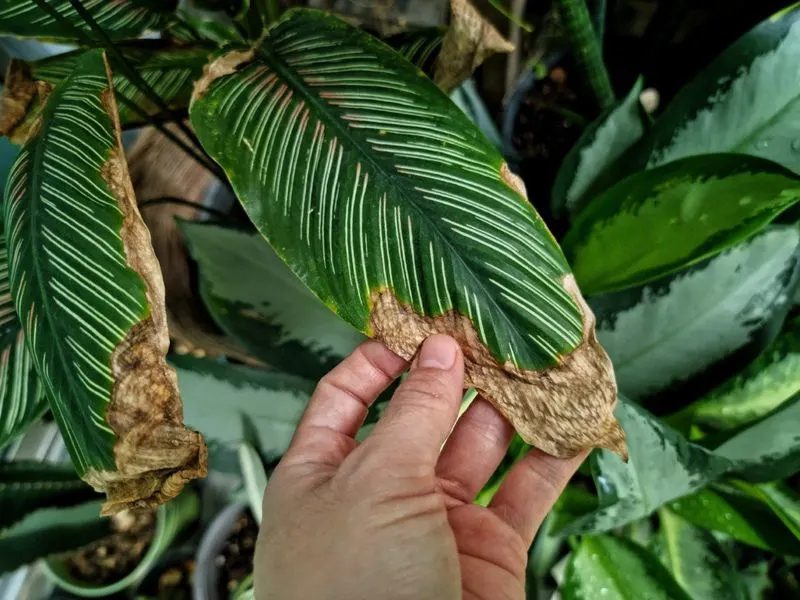
Creating a microenvironment can cater to a plant’s specific needs. Terrariums are perfect for moisture-loving plants, maintaining a consistent humidity and temperature. These mini ecosystems allow plants to thrive in a controlled setting. Choose plants with similar needs to ensure harmony. This approach can be especially beneficial for plants that struggle in typical household conditions. By providing a tailored environment, you encourage robust growth and vitality.
Monitor Light Exposure
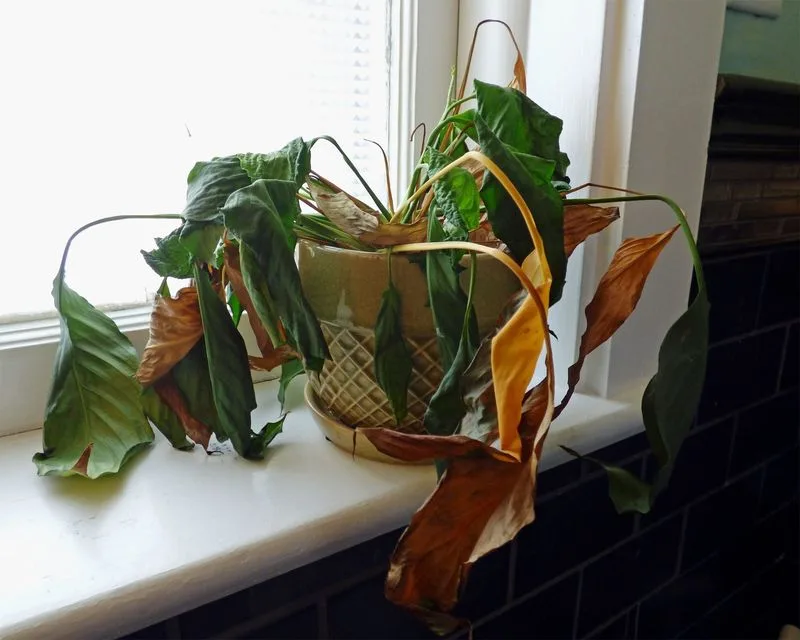
Light is essential, but too much or too little can hinder a plant’s recovery. Use a light meter to measure the intensity your plant receives. This tool helps you find the sweet spot for optimal growth. Adjustments can be made by moving plants closer to or further from windows or using curtains to filter sunlight. Understanding and managing light exposure is crucial for reviving ailing plants, ensuring they receive just the right amount for healthy photosynthesis.
Practice Seasonal Care
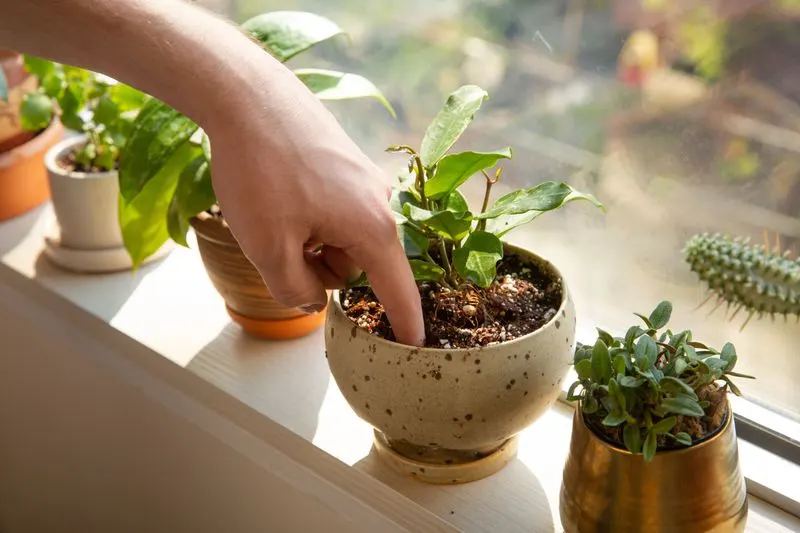
Plants have seasonal preferences just like people. Recognizing these cycles can aid in their revival. During spring and summer, most plants are in growth mode, requiring more water and nutrients. In fall and winter, they tend to rest, needing less. Adjusting care according to the season prevents stress and fosters healthy development. By respecting these natural rhythms, you align your plant care with their biological clock, promoting a vibrant, resilient plant life.
Remove Salt Buildup
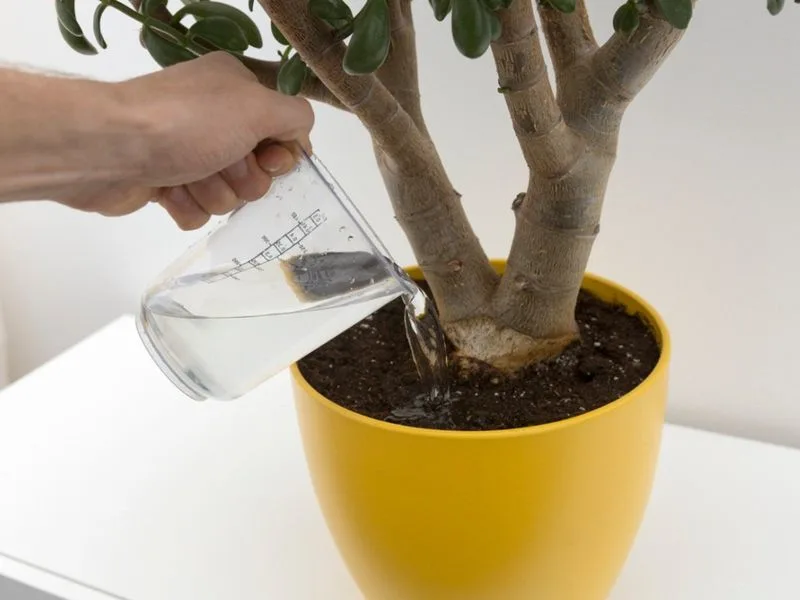
Over time, salts from fertilizers and tap water can accumulate, forming a crust on the soil or pot. This can hinder water absorption. To remedy this, flush the soil with distilled water thoroughly. Repotting is another option if buildup is severe. Removing this barrier allows roots to access water and nutrients more easily. Regular maintenance prevents future buildups, ensuring your plant remains healthy. It’s a simple yet effective way to keep roots thriving.
Embrace Companion Planting
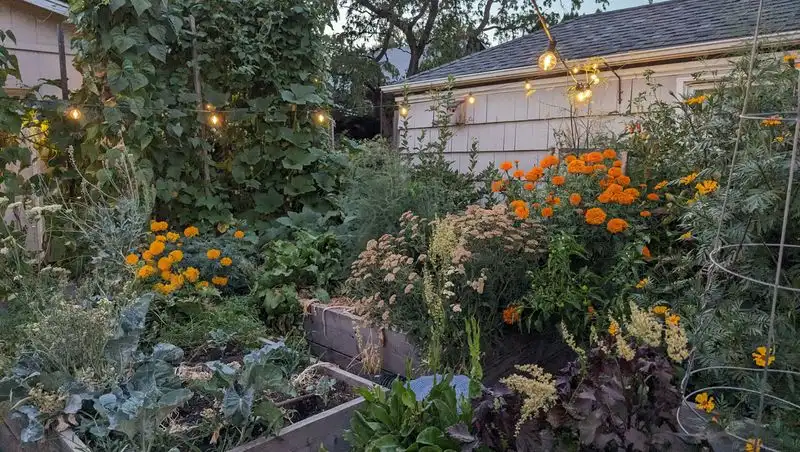
Companion planting isn’t just for gardens. Certain plants support each other’s growth when placed together. Pairing them can deter pests and promote healthier development. For example, placing herbs like basil near tomatoes can enhance growth and flavor. This symbiotic relationship can be replicated in pots with compatible houseplants. Companion planting combines beauty and function, creating a thriving plant community that supports each other, making your indoor garden flourish.
Utilize Aeration Tools
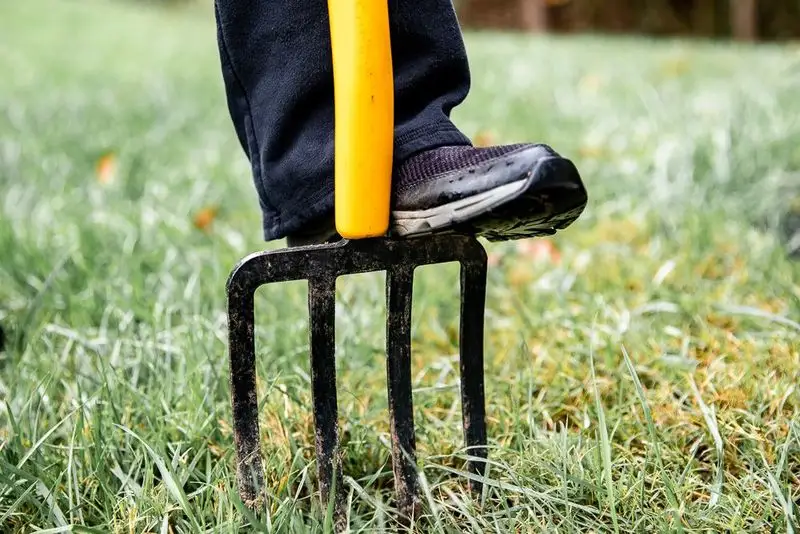
Compacted soil can suffocate roots. Aeration tools, like a small fork or aerator, can loosen the soil and improve air circulation. This process allows roots to access oxygen and absorb water more effectively. Regular aeration prevents soil from becoming too dense, ensuring your plant’s roots have space to grow. It’s a straightforward intervention that can make a significant difference in plant health, helping to revive them from their dormant state.

